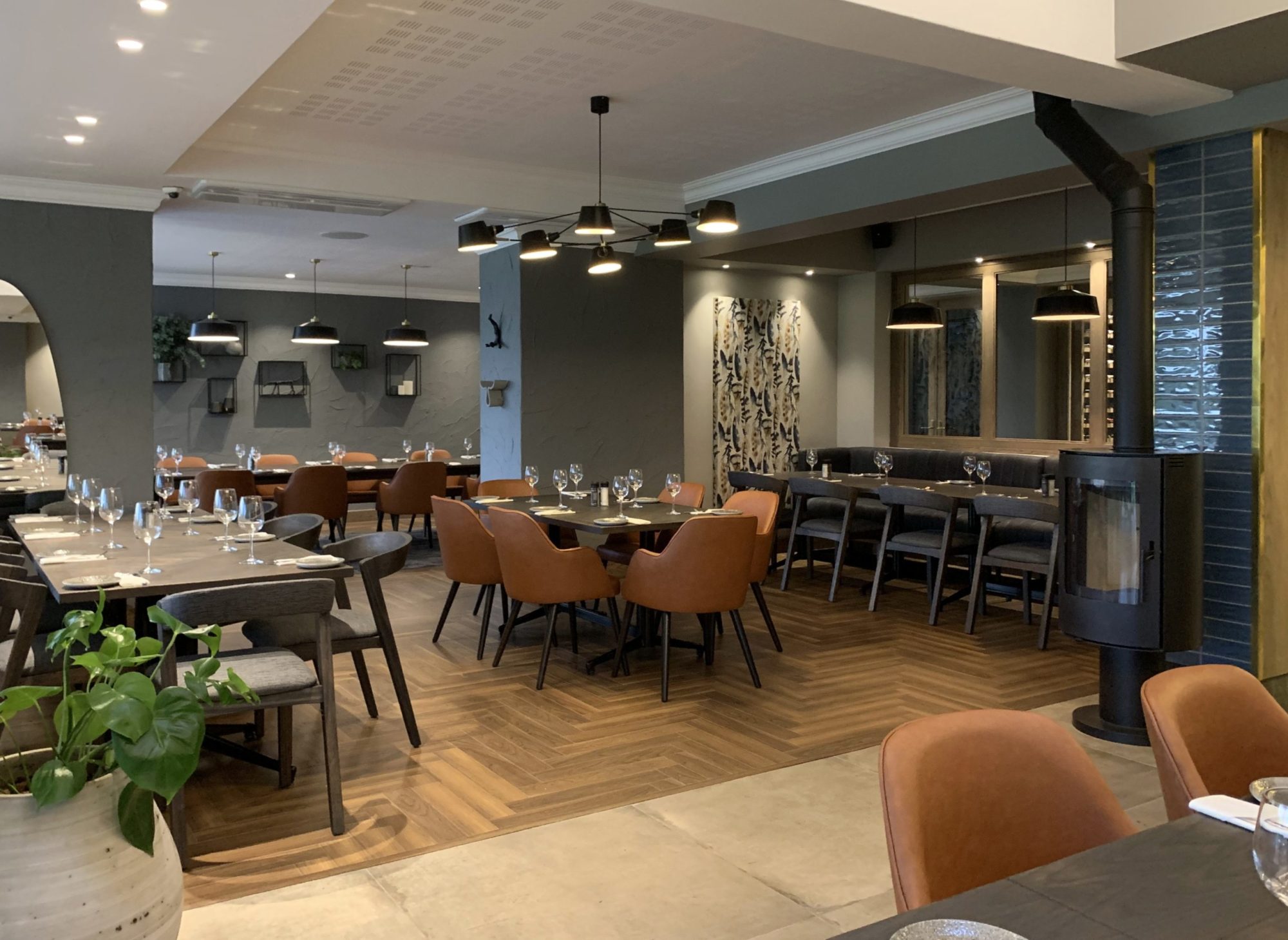Advertisement
Design is always a matter of taste: after all, one person’s idea of clean lines may be depressingly Spartan for someone else, which makes the question of estate design rather complicated. So how do developers and HOAs appeal to the broad variety of people that estates inevitably attract?
The interior design specialists
JP Beukes of One Point Zero interior design specialists notes that estate managers often wonder where their starting point should be. This is critical, given the many considerations involved in redesigning or refurbishing common areas. How do you make sure they serve residents’ needs while increasing the overall value of the estate?
To this end, he says that the firm puts forward a number of questions before embarking on any project:
- How would you like people to perceive you? In other words, when people talk about the estate, what should they ideally be saying? This relates to the estate’s image, and provides some of the most valuable clues in terms of design.
- What is your main reason for upgrading facilities? Again, this question helps to guide the look and feel of the design. For instance, if an estate wants to refurbish the clubhouse simply to ensure that it’s more in keeping with contemporary aesthetics, the process will be very different to an upgrade that’s implemented because the current offering isn’t fulfilling its function of providing a gathering place for residents.
- What are your ideal outcomes? Do you want more space or better facilities? Or is your goal to change the current offering completely?
- What do the residents want? This is critical. Any facility that doesn’t speak directly to residents’ wishes won’t be used, and the significant expense of a refurbishment will be a waste.
- Do you require premium finishes? This is a ‘Mercedes versus Toyota’ question, and is dictated both by the estate’s image and the available budget.
These are worth mulling over for any HOA contemplating even the smallest changes.
The developer’s perspective
‘Common property is an integral part of an estate’s total value proposition,’ notes Arthur Case, brand marketing manager of Evergreen Lifestyle.
He maintains that the key to sound design lies in the function of common areas: ‘When our residents seek peace and tranquillity, the privacy of their homes and apartments is the answer. In contrast, our Lifestyle Centre is in demand for people who are looking for friendship and community.’
Advertisement
The realty specialist’s opinion
Any estate presents a wide variety of common areas, from parks and leisure centres to meeting rooms, gyms, tennis courts, swimming pools and entertainment facilities, says Zerlinda van der Merwe, GM and Specialist Community Schemes Consultant of Pam Golding Property Management Services. ‘Co-ownership is known as “the mother of all disputes”, so it’s vital to ensure that the values of communal living are promoted and enhanced,’ she observes.
It’s not just the initial design of these spaces that’s important – they need to fulfil their intended role within the estate. Van der Merwe points out that communal areas should be regularly maintained and in good repair. ‘Improvements must be made as time and budget require and allow,’ she says.
Such maintenance cannot become a ‘by the way’, she cautions. Her experience – both as a manager of residential estates, taking part in the resolution of disputes arising between individuals and management, as well as a resident in her own right – has shown that people who choose this way of life value and yearn for a sense of community and the feeling of security that comes with it. ‘As such, the establishment and promotion of communal spaces not only have a positive impact on the estate’s values, but also on demand,’ she says.
Keep it clean and quiet
As much as residents will appreciate their enhanced environment, they may be less sanguine about the construction and general disruption that takes place before the rejuvenated facilities are launched. Refurbishments must therefore be handled with great sensitivity, and with an eye to minimising any interruptions. Finally, every effort must be taken to maintain the integrity of the estate, especially from an environmental perspective. There should be as little interference with existing plants as possible; plus, the new facilities should blend easily with those that are more established.



